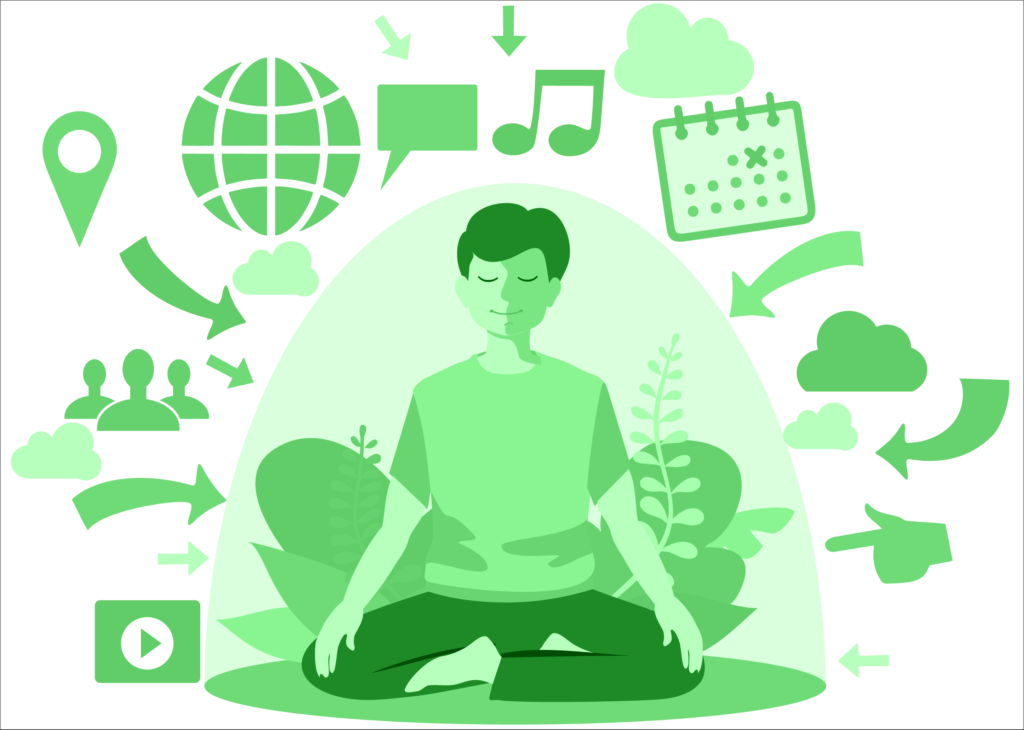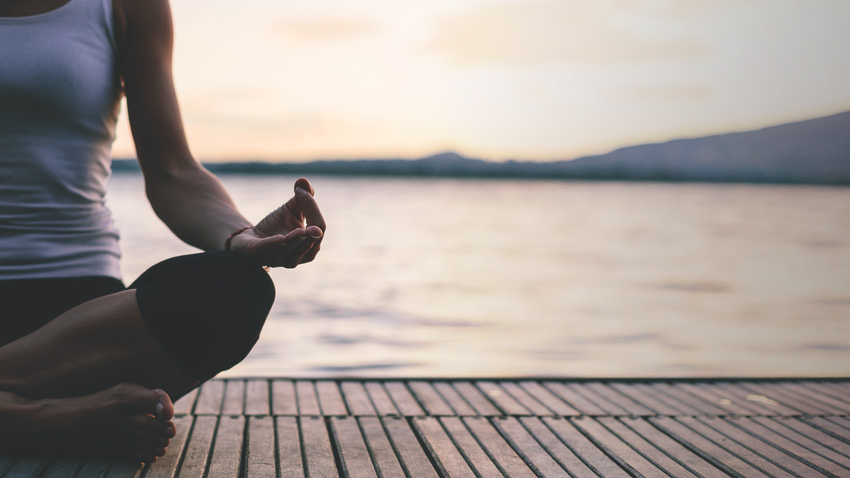How to Meditate? Exploring Different Methods for a Tranquil Mind
How to Meditate? Exploring Different Methods for a Tranquil Mind
Blog Article
Just How to Meditate: A Detailed Method to Achieving Mindfulness and Tranquility
Reflection acts as a powerful device for accomplishing mindfulness and psychological calmness in a fast-paced world. By recognizing the essential concepts and methods entailed in meditation, individuals can grow a technique that enhances their general health. This discussion will lay out vital actions, from producing a helpful environment to incorporating meditation right into daily routines. As we check out these components, it ends up being clear that the trip to mindfulness is not merely concerning the act of resting in silence, but instead regarding promoting a much deeper link with oneself and the world around us. What might this improvement entail?
Understanding Meditation
Comprehending meditation includes comprehending its essential principles and techniques, which act as the foundation for the practice. At its core, reflection is a psychological workout focused on advertising leisure, constructing interior energy, and developing compassion and understanding. The technique motivates individuals to focus their attention, typically with strategies such as deep breathing, visualization, or mantra rep.
Reflection can be classified into various styles, including mindfulness, transcendental, and loving-kindness reflection, each with distinctive functions and approaches. Mindfulness meditation highlights present-moment recognition and non-judgmental observation of thoughts and sensations, while transcendental reflection includes using details rules to transcend regular mind. Loving-kindness meditation concentrates on establishing an attitude of love and concern towards oneself and others.
No matter the method employed, the key goal remains regular: to cultivate a deeper understanding of the mind and its patterns. This self-awareness cultivates emotional resilience, quality of thought, and a profound feeling of calm (How to meditate?). By understanding these principles and techniques, individuals lay the groundwork for an effective meditation method that can substantially enhance their total well-being
Planning For Your Method
Prior to beginning your reflection practice, it is important to produce an environment for focus and leisure. Select a peaceful room where you are not likely to be disturbed. This might be an edge of an area, a garden, or any type of area that evokes a feeling of tranquility. Ensure that the location is cost-free and tidy of mess, as a neat environment can assist clear the mind.
Take into consideration the lighting, as natural light can enhance your mood and energy. Soft, warm lighting is typically a lot more relaxing than rough fluorescent lights. In addition, pick a comfortable temperature level, ensuring that you are neither too hot nor as well cool.
Incorporating elements that promote tranquility can further enhance your experience. This might consist of soft paddings or coverings for convenience, in addition to soothing fragrances from vital oils or incense. It can also be advantageous to have a timer established for your reflection session to protect against disturbances from clock-watching.
Standard Meditation Methods

An additional efficient strategy is body scan meditation. This entails psychologically checking your body from head to toe, discovering any kind of areas of stress or discomfort and consciously kicking back those muscular tissues. This practice promotes a much deeper connection in between your body and mind.

Lastly, loving-kindness reflection concentrates on cultivating concern in the direction of yourself and others. Calmly repeat expressions of goodwill, boosting emotional well-being and interconnectedness. Each of these strategies functions as a structure for your reflection journey, permitting you to find the approach that resonates best with your individual method.
Keeping Emphasis and Mindfulness

Developing a dedicated meditation area can improve the capacity to keep mindfulness. A silent, minimalist environment minimizes diversions, enabling for much deeper immersion in the technique. Additionally, setting a time frame can assist take care of assumptions; starting with shorter sessions may relieve the transition into longer practices.
Utilizing strategies such as body scanning or observing sensations redirected here can also bolster mindfulness. These approaches urge professionals to stay present and engaged with their physicality, anchoring their attention in the minute. Normal method is necessary; the brain builds strength with time, developing a more powerful capacity for emphasis.
Incorporating Reflection Into Every Day Life
Integrating meditation right into day-to-day live can transform routine tasks into chances for mindfulness and self-reflection. By integrating mindfulness techniques right into common jobs, individuals can grow a greater feeling of visibility and serenity among the numerous hours of daily life.
Begin by identifying minutes throughout your day where you can pause internet and exercise mindfulness. As an example, throughout your morning commute, concentrate on your breath or the sensations of the setting around you. In the kitchen area, approach food preparation as a meditative method, enjoying the appearances, colors, and scents of the active ingredients. Even ordinary activities like washing recipes or walking can end up being possibilities for meditation by routing your attention to the feelings of activity and the sounds bordering you.
Additionally, reserving devoted times for reflection can reinforce its practice. Begin with brief sessions, progressively raising duration as you become much more comfy. Usage suggestions or cues-- like a particular time of day or a soothing audio-- to develop uniformity.
Ultimately, the goal is to weave mindfulness into the fabric of life, allowing you to approach each minute with purpose, therefore boosting your total sense of well-being and clarity.
Conclusion
Finally, reliable reflection calls for a silent setting, a comfy setting, and a focus on the breath. By permitting ideas to emerge without judgment and continually rerouting interest to the breath, professionals can accomplish improved mindfulness and serenity. Integrating various strategies, such as body scanning and loving-kindness expressions, can even more enrich the practice. Regular Full Report reflection, also in short sessions, fosters a much deeper connection to the here and now minute, eventually resulting in greater calm and psychological clearness in life.
Meditation can be classified into different designs, including mindfulness, transcendental, and loving-kindness reflection, each with distinct functions and methodologies. Mindfulness meditation stresses present-moment awareness and non-judgmental monitoring of sensations and ideas, while copyright includes the usage of specific rules to go beyond regular idea procedures.With your meditation area prepared, it's time to discover numerous basic meditation strategies that can help cultivate mindfulness and inner tranquility.Continually maintaining focus and mindfulness throughout reflection can be challenging, especially for those new to the technique.Developing a devoted meditation area can boost the ability to maintain mindfulness.
Report this page